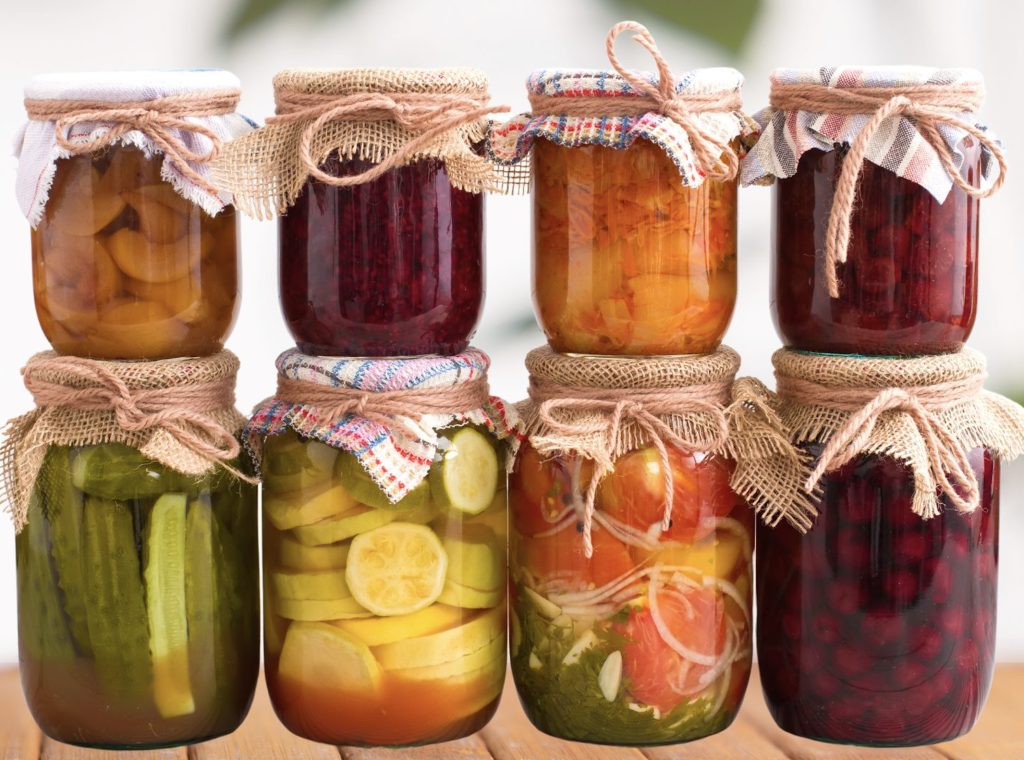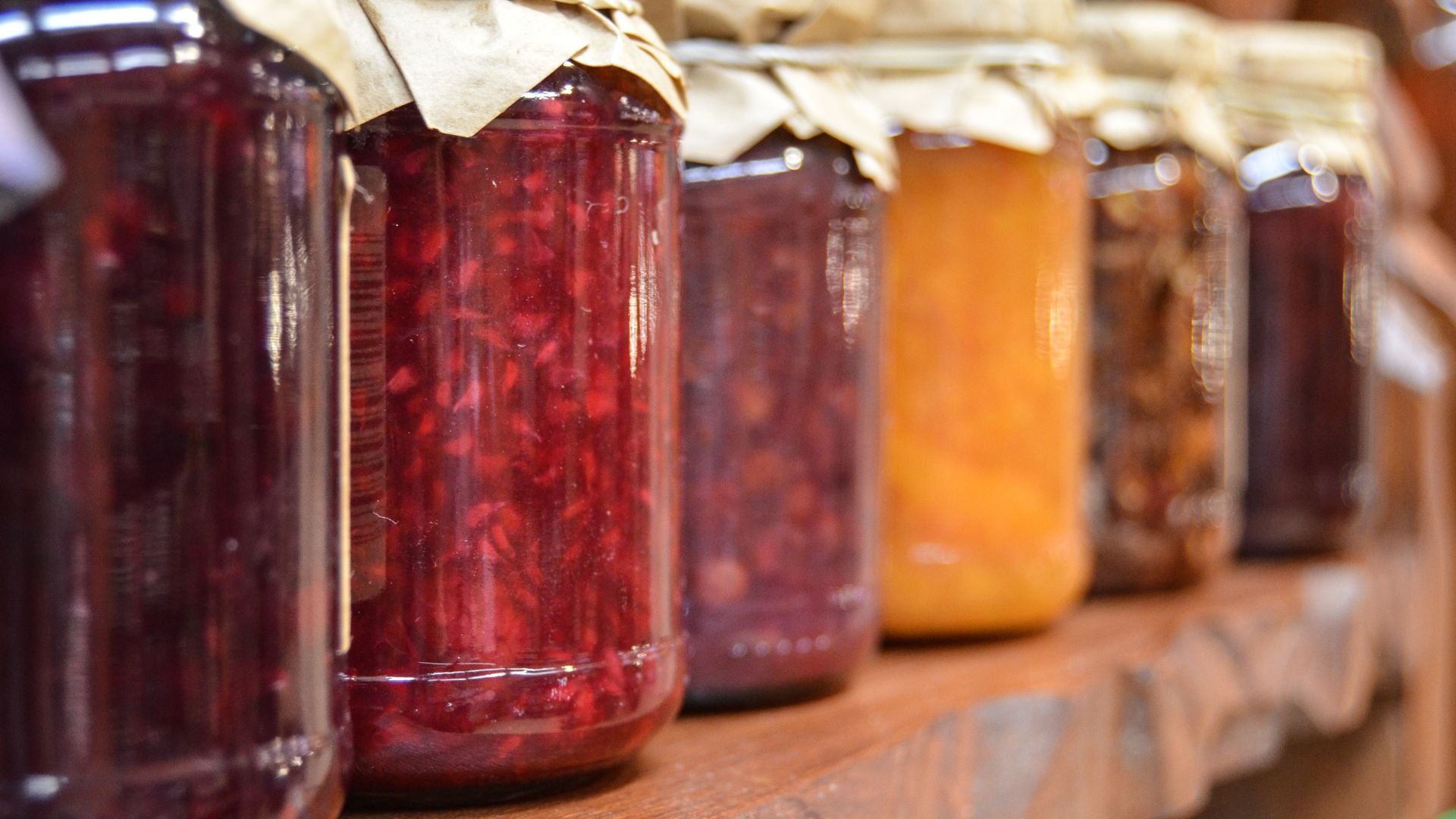
As the seasons change and produce reaches its peak freshness, there’s no better time to take advantage of the bounty available. Canning and freezing are excellent methods to preserve fruits and vegetables, allowing you to enjoy the flavors of summer and fall long into winter. Here’s a comprehensive guide on how to can and freeze your seasonal produce, ensuring that you can savor those vibrant flavors year-round.
The Benefits of Preserving
Preserving fruits and vegetables through canning and freezing not only extends their shelf life but also captures their nutritional value. Canning allows you to store produce in jars at room temperature, while freezing locks in freshness and taste. Both methods can save you money and reduce food waste, as you can use surplus produce before it spoils.
Canning Basics
Canning involves heating food to a high temperature to kill bacteria and seal it in jars. Here’s a step-by-step guide to get you started:
- Gather Your Supplies: You will need canning jars, lids, a water bath canner (or a large pot), a jar lifter, and a funnel. Make sure to choose high-quality jars specifically designed for canning.
- Choose Your Produce: Seasonal fruits and vegetables work best for canning. Think tomatoes, peaches, pickles, and jams. Choose ripe produce for the best flavor.
- Prepare the Produce: Wash your fruits and vegetables thoroughly. Depending on what you’re canning, you may need to peel, core, or chop them. For example, when canning tomatoes, you can remove the skins by blanching them briefly in boiling water.
- Cook the Produce: Prepare your recipe, which might involve cooking down fruits for jams or pickling vegetables. Follow specific canning recipes to ensure safety, as the acidity level is crucial for preventing bacterial growth.
- Fill the Jars: Using a funnel, fill your sterilized jars with the prepared produce, leaving about a half-inch of headspace at the top. Wipe the rim of the jars to ensure a good seal.
- Seal the Jars: Place the lids on the jars and screw on the metal bands until they are fingertip-tight.
- Process the Jars: Submerge the jars in boiling water for the time specified in your recipe to ensure they are sealed correctly. This step is critical for safe canning.
- Cool and Store: After processing, let the jars cool on a clean kitchen towel. Once cool, check the seals by pressing the center of the lid; it should not pop back. Store your sealed jars in a cool, dark place.
Freezing Techniques
Freezing is an easy and effective way to preserve fruits and vegetables while maintaining their flavor and nutrients. Here’s how to freeze produce effectively:
- Select Fresh Produce: Choose ripe, high-quality fruits and vegetables. Best options include berries, peas, green beans, and corn.
- Wash and Prepare: Wash your produce thoroughly. Depending on the type, you may need to chop, slice, or prepare it in some way. For example, slice bell peppers or hull strawberries.
- Blanch (if necessary): For vegetables, blanching helps preserve color and texture. Boil them for a few minutes, then plunge them into ice water to stop the cooking process. Drain and dry them before freezing.
- Pack for Freezing: Use freezer-safe bags or containers, removing as much air as possible to prevent freezer burn. Label each bag with the date and contents for easy identification.
- Freeze: Lay bags flat in the freezer to save space. Once frozen, you can stack them upright to maximize storage.
Enjoying Your Preserved Produce
Once your canning and freezing efforts are complete, you’ll have a stockpile of seasonal flavors to enjoy throughout the year. Use your canned fruits in desserts, jams on toast, or add canned vegetables to soups and stews. Frozen produce can easily be added to smoothies, stir-fries, or casseroles.

